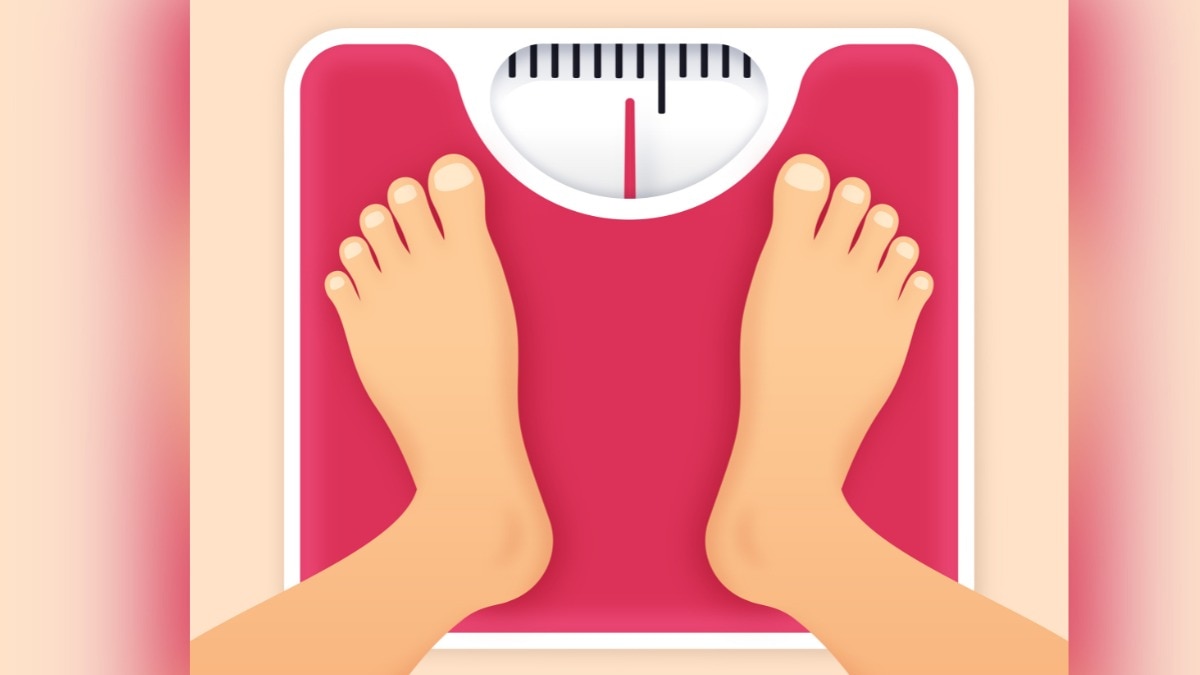
HERE'S WHAT HAPPENS TO THE BODY IF YOU DON'T EXERCISE 150 MINUTES PER WEEK
A recent Lancet study has revealed that over half of India's adult population is not physically active, failing to meet the basic exercise requirements recommended by the World Health Organisation (WHO).
This growing trend of physical inactivity poses a significant threat to the nation's health, contributing to an increased burden of chronic diseases.
The WHO recommends that adults should engage in at least 150 to 300 minutes of moderate aerobic activity or 75 to 150 minutes of vigorous activity per week.
"Physical inactivity is a silent threat to global health, contributing significantly to the burden of chronic diseases. This shows a worrying trend of increasing physical inactivity among adults," said Dr. Rudiger Krech, WHO's Director of Health Promotion.
A lack of regular physical activity is linked to a host of health issues, including diabetes, hypertension, and cardiovascular complications.
As per statistics, over 101 million people in India are living with diabetes, a condition in which the body has high blood sugar levels.
"We as a nation need to build towards a fit and healthy India. By adding physical activities to our lifestyle, we are not only taking care of our health but also decreasing the burden on the healthcare system," said Dr Amit Chaudhry, Senior Consultant in Orthopedic Surgery at Fortis Memorial Research Institute, Gurugram.
Regular exercise strengthens muscles and bones, reducing the risk of osteoporotic fractures, particularly among postmenopausal women.
"Women, especially in the postmenopausal group, lose bone strength rapidly and become prone to various osteoporotic fractures. Exercise, such as yoga, strength training, or any sports activities, leads to healthy muscles and bone strength, which decreases the incidence of such fractures," Dr Chaudhry added.
According to Dr Bhavesh Dedhia, Consultant at the Critical Care Department at P. D. Hinduja Hospital, Khar, regular activity not just prevents and manages non-communicable diseases (NCDs) such as heart disease, high blood pressure, diabetes, and mental disorders like depression and anxiety, it also enhances brain health.
The WHO's global guidelines on physical activity and sedentary behavior provide recommendations for all age groups, starting from age five.
According to these guidelines, muscle-strengthening activities involving all major muscle groups on two or more days a week can offer additional health benefits.
Despite the clear benefits, approximately 1.8 billion people worldwide do not meet the recommended levels of physical activity, a figure that has gradually increased over the years.
In India, this number is even higher, with around 49.4% of adults considered physically inactive, placing them at a higher risk for developing various diseases.
Dr Dedhia stressed the importance of starting small and gradually increasing physical activity to reach the weekly target.
"Any activity is better than no activity. It is better to start slow and do as much physical activity in small quantities, then gradually build it up to reach the weekly target," he advised.
By prioritising physical activity, India can work towards a healthier future, reducing the burden on healthcare facilities and improving the quality of life for its citizens, the experts said.
2024-07-09T08:09:04Z dg43tfdfdgfd